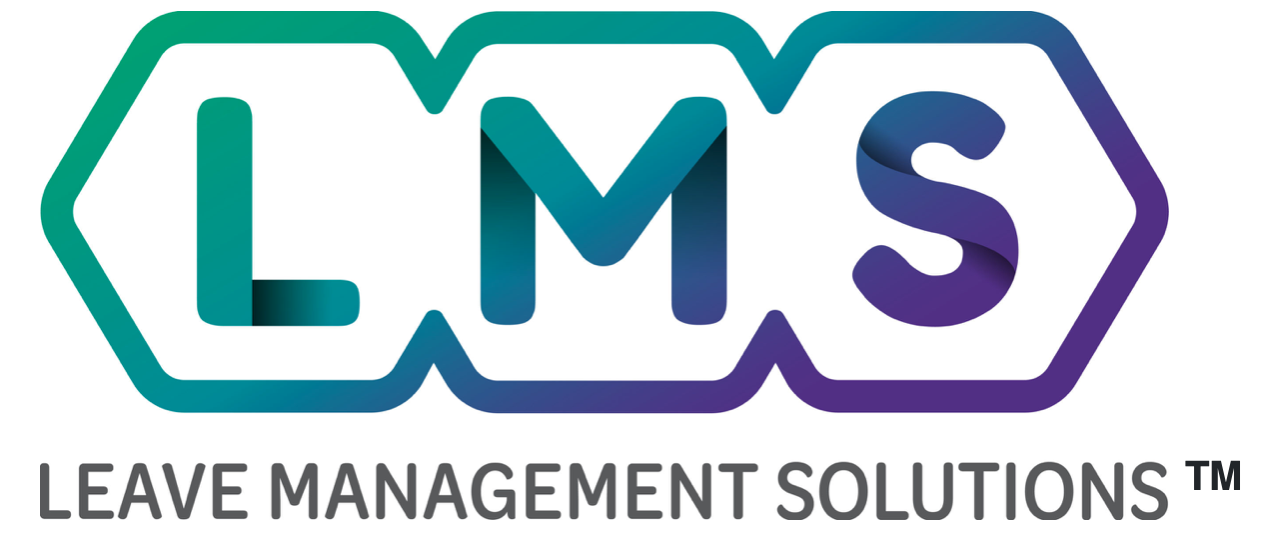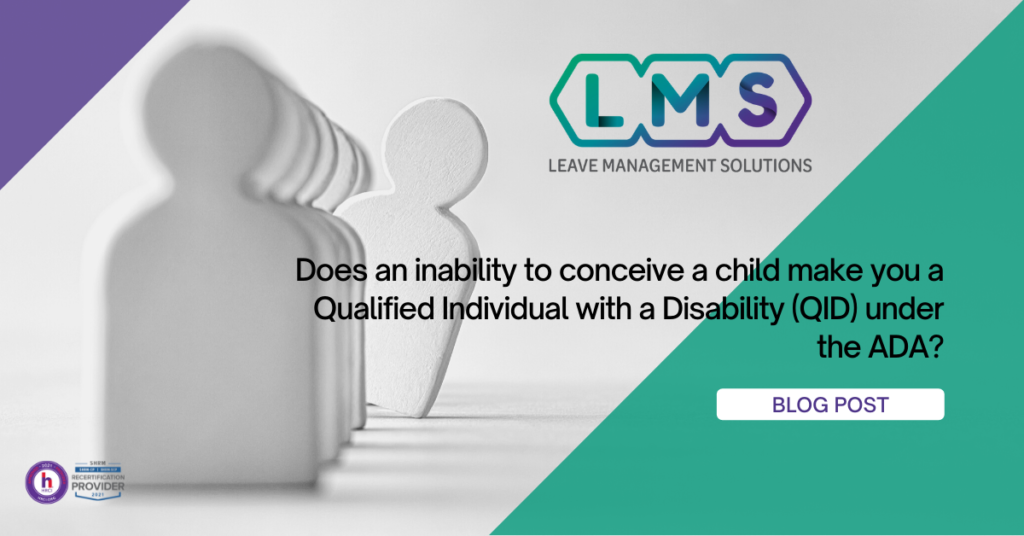Premium Content
Get Instant Access!
Enter your information to the right to unlock this premium content and get instant access to important answers to your HR questions!
Question:
Savannah has an employee who has had a difficult time conceiving. The employee took a 12 week leave under FMLA. The FMLA leave has expired and now the employee is claiming further job protection should be provided under the ADA. Savannah has not submitted any paperwork from a physician stating a disability. The employee claims that the stress of her job is contributing to her inability to conceive. What should Savannah do?
Answer:
This situation crosses over many challenges for the employee. As employers, we provide medical benefits to employees and Employee Assistant Programs (EAP) to help them manage their health and well-being. The ADA is a benefit available for disabled employees who have indicated a modification to their work environment would allow them to perform the essential functions of their job, it is not a leave, job protection benefit. However, the ADA does provide for leave as an accommodation, with a predictable return to work date, that does not cause an undue hardship for the employer. The analysis for the ADA starts with confirming what accommodation the “disabled” employee is requesting. We know reproduction is considered an activity of living, so we are not going to want to disregard Savannah’s request, but go through the formal ADA process to determine if she is a QID. Start by engaging the employee in a Good Faith Interactive meeting, to discuss how we can help. We will need the employee to verify from their medical provider how their disability is impacting their job or how the job is impacting her disability. This employee indicated the job is impacting her ability to conceive. We do not want to ignore any challenges an employee is having at work, so in HR we start by clarifying the policy, procedure, or benefit, etc., That addresses Savannah’s concerns. While the employee may believe that FMLA or ADA is the answer to their concern, it is HR’s job to clarify.
It appears the employee’s medical provider has indicated Savannah has a Serious Health Condition under FMLA, which is now expired, so start by sending the FMLA to ADA Transition notification. This letter will clarify that FMLA has ended, provides an Essential Function Job Analysis (EFJA) form with the EFJA job description to Conditionally Designation ADA protection pending a Good Faith Interactive Meeting. We inform the employee they will need to bring in the EFJA Evaluation form so we understand how her disability impacts her ability to perform her job or what the medical professional says is required for her disability to not be impacted. A generic medical certificate indicating the employee needs to reduce her stress at work to facilitate reproduction is not going to be enough to protect the employee’s job under the ADA. Remember, if the employee confirms they do have a disability that is impacted by work, they will still need to be able to perform the essential functions of the job with the accommodation. The ADA is a regulation/benefit in place to allow the employee to perform their essential job functions – not to remove job functions that are causing stress. Instead, we would be identifying strategies to reduce workplace stress if it is impacting a disability. However, neither removing essential job functions nor providing unpredictable leave is required under the ADA.
Already know the basics, but struggling to implement them? Sign up for our upcoming October advanced workshop.
The FMLA to ADA transition is one of the most litigious areas in this arena. Are you in charge of designing, coordinating, managing, or implementing a comprehensive Integrated Medical Leave and Accommodation Management System™ in your organization? With or without Third Party Administrators? What are your organization’s standard operating procedures (SOPs) for managing transitions?
Managing the ADA Good Faith Interactive process, Undue Hardship analysis, and Accommodation management can be confusing, our ADA Compliance Blueprint clears out the weeds.
Need help?
With LMS’s advanced workshop, you’ll learn how to manage and oversee the most complex leave and accommodation situations. As well as the tricks and strategies for managing leaves and accommodations in your organization, with and without third-party administrators!
Allow a 30-year HR professional and HR Expert Witness to demonstrate a straightforward, powerful, and user-friendly solution and workflow for controlling, not just managing, medical leaves and accommodations in your company!
Get exact solutions to your most challenging medical leave and accommodation management issues and earn 12 CEU’s. By HR for HR.


